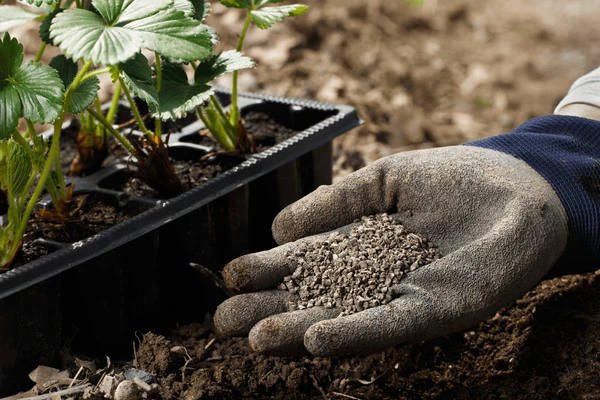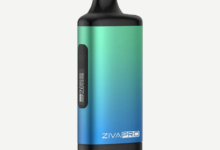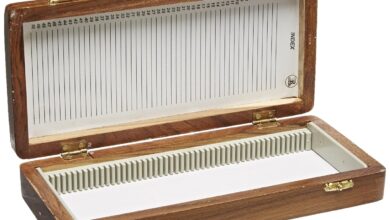
8 Tips for Choosing the Best Blended Fertiliser for Your Crops
Selecting the right blended fertilizer is crucial for maximizing crop yields and ensuring balanced nutrition for plants. Blended fertilisers combine different nutrients in specific ratios to meet the needs of various crops and soil conditions. In this article, you will learn the eight essential tips to help you choose the best blended fertiliser for your agricultural needs.
Table of Contents
1. Understand Your Soil and Crop Needs
Conduct a soil test to determine its pH level and nutrient deficiencies. Different crops need different nutrients at various stages of their growth. Also, understanding these needs helps in selecting a fertilizer blend that provides balanced nutrition.
2. Know the Nutrient Content
When choosing a blended fertiliser, look at what nutrients it has and make sure it should include important ones, such as:
- nitrogen (N)
- phosphorus (P)
- potassium (K)
Also, check for calcium and micronutrients because these nutrients are crucial for your crops to grow well and stay healthy, so make sure the fertilizer matches what your crops need.
3. Consider Nutrient Release Rates
Blended fertilizers release nutrients into the soil at different speeds and others in a controlled way. Also, it’s important to pick a fertiliser that releases nutrients at a rate that suits how your crops grow and the type of soil you have. This helps make sure your plants get the right nutrients when they need them most for healthy growth.
4. Evaluate Fertilizer Formulation
Make sure you know how much of each nutrient is in the fertiliser mix. Different crops need different amounts of nutrients to grow well. That’s why it is important to choose a fertilizer that has the right balance of nutrients your crop needs, based on what experts suggest for healthy growth.
5. Check for Soil Amendments
Most of the fertilizers have organic matter or microbes added to them. These extras can make the soil better by improving how it holds water and how nutrients are available to plants. In addition, when picking a fertiliser, look for one that helps your soil in the ways it needs to be improved.
6. Consider Environmental Factors
Some fertilizers can wash away with rainwater (runoff) or seep into the ground (leaching), which can harm water quality. Look for fertilisers that have the right balance of nutrients for your crops. Using the right amount helps prevent excess fertilizer from causing environmental problems.
7. Review Product Reviews and Recommendations
Take note that it’s helpful to see what other farmers or experts say about the fertiliser you’re considering. Good reviews can tell you if it works well and if it’s right for the crops and soil you have. Also, this feedback gives you a better idea of whether the fertilizer will help your plants grow strong and healthy.
8. Consider Cost and Value
Compare the cost of different fertilisers and consider their value in terms of the nutrients they provide and their effectiveness. Sometimes a slightly more expensive fertilizer can be more cost-effective in the long run if it leads to better crop yields and healthier plants. Balance your budget with the potential benefits to choose the best option.
9. Look for Supplier Support
Choose a fertiliser supplier who offers good customer support and can provide guidance on application rates and techniques. Suppliers who stand by their products and offer advice can be valuable partners in achieving optimal crop growth.
Enhance Your Crop with the Right Fertilizer!
Picking the right blended fertiliser means thinking about what your crops need for nutrients and making sure the fertilizer improves how fertile the soil is and helps your plants grow well. When you choose wisely, you can make your crops produce more, get better quality, and farm in a way that’s good for the environment.








